Scientific research Lector teacher – Myronova O.M. TOPIC
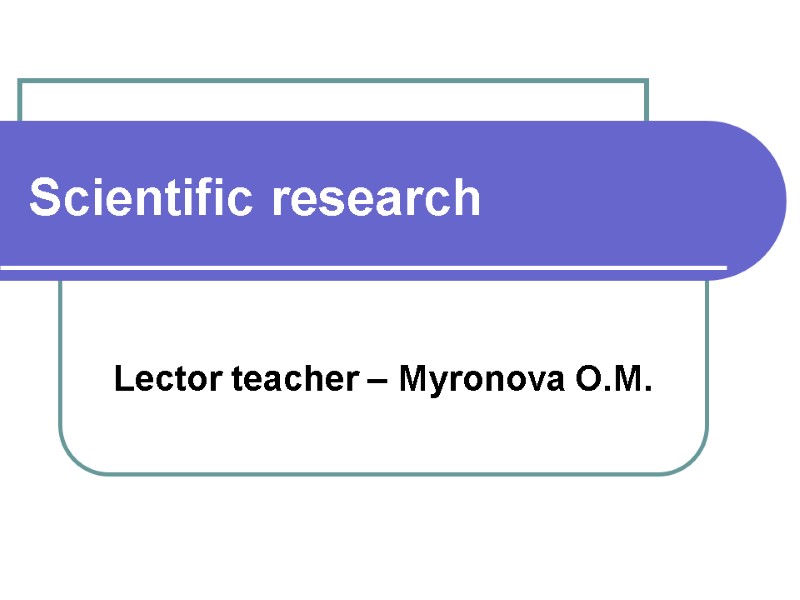
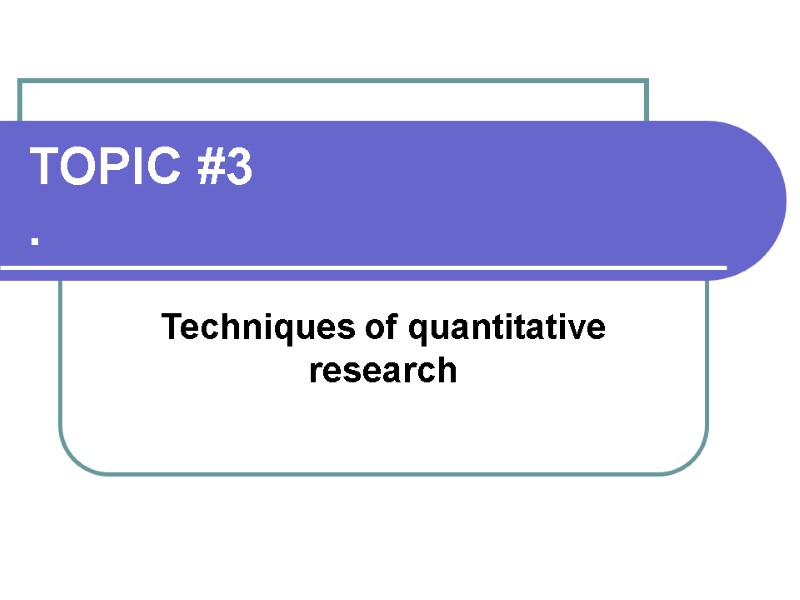
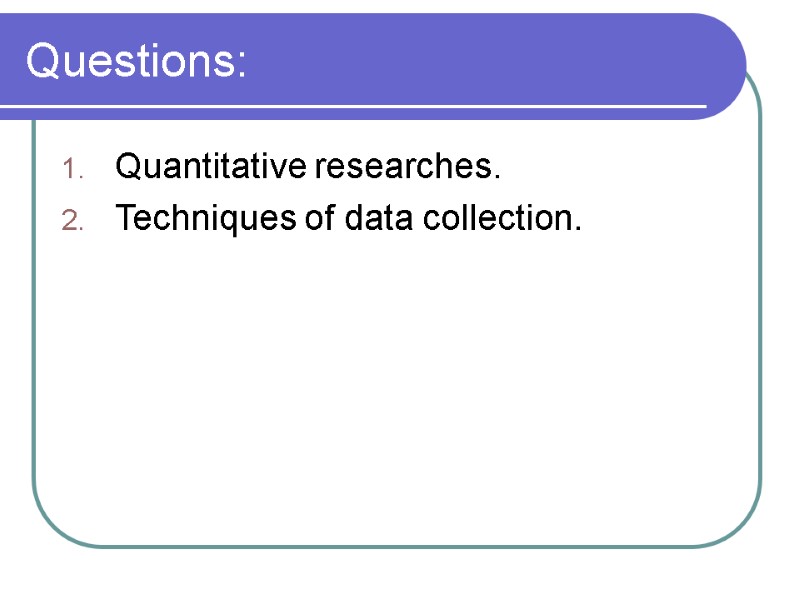
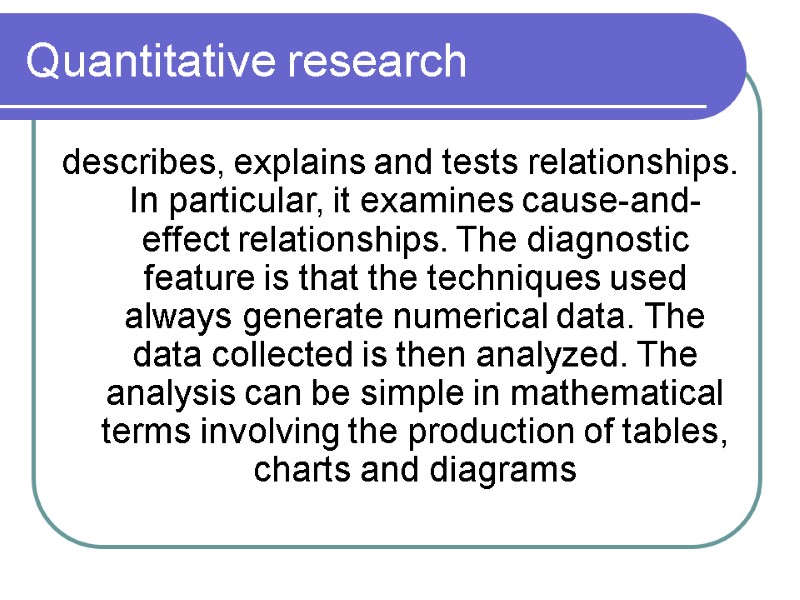
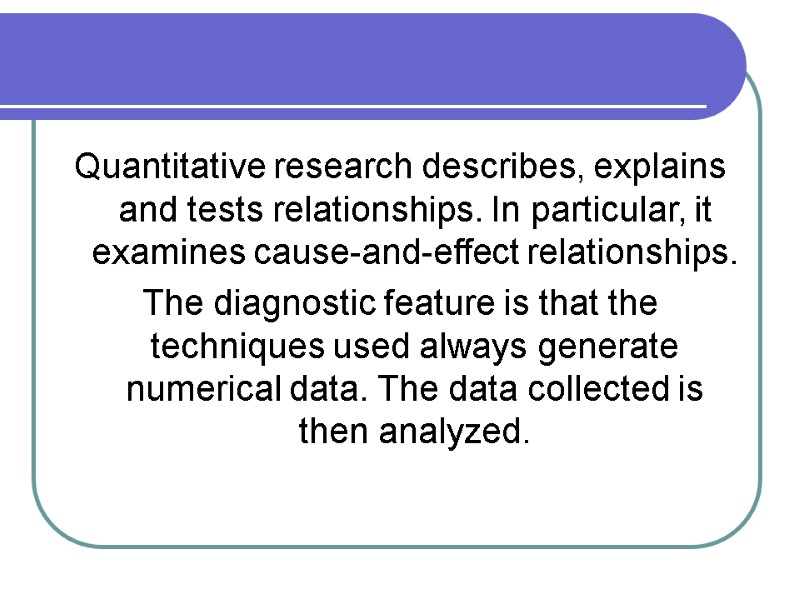
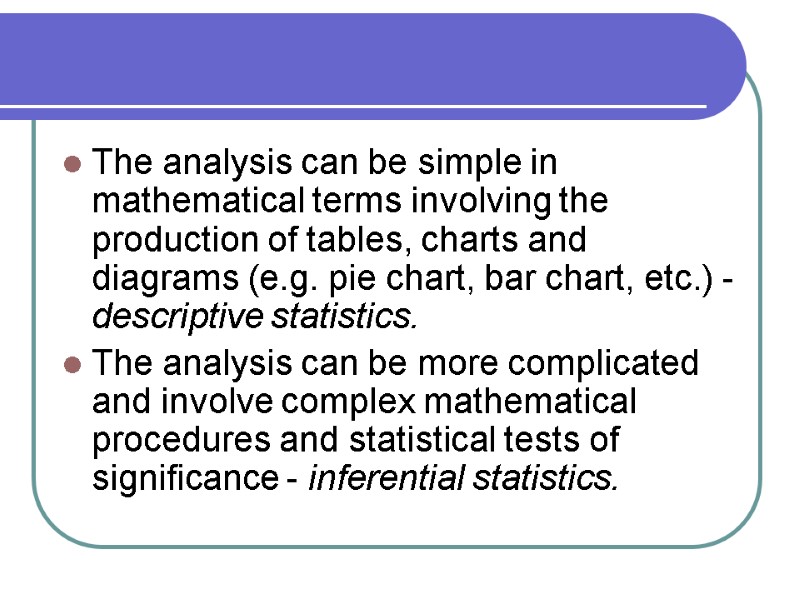
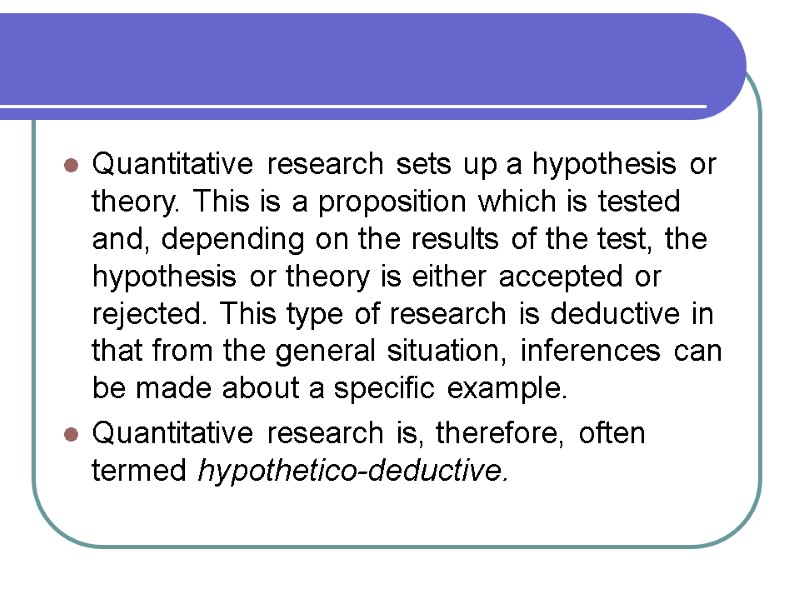
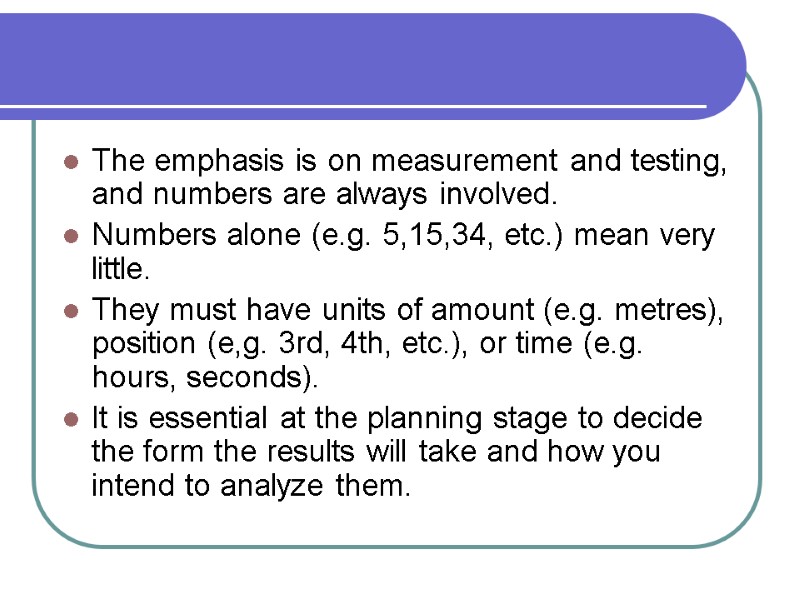
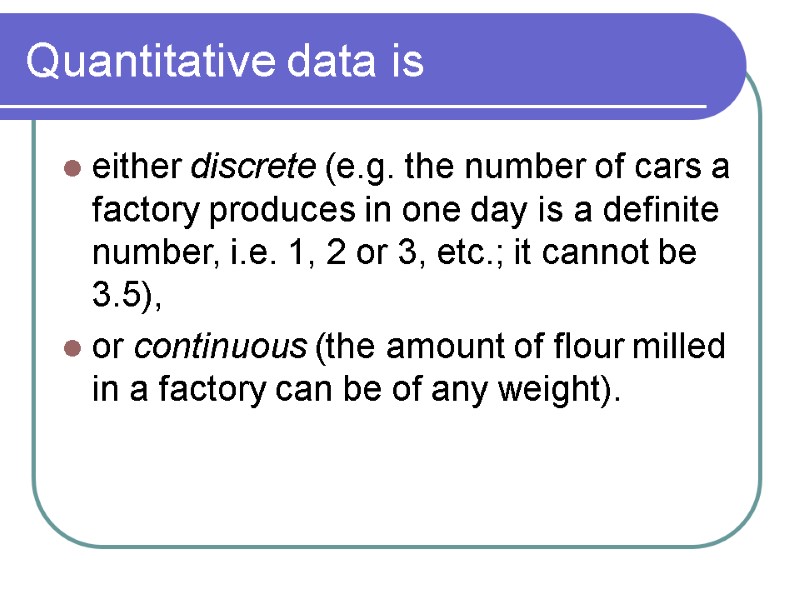
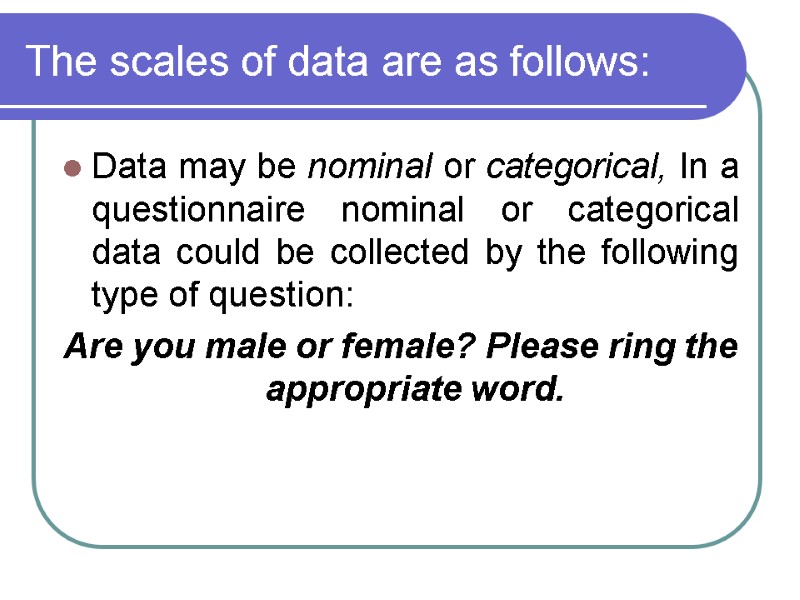
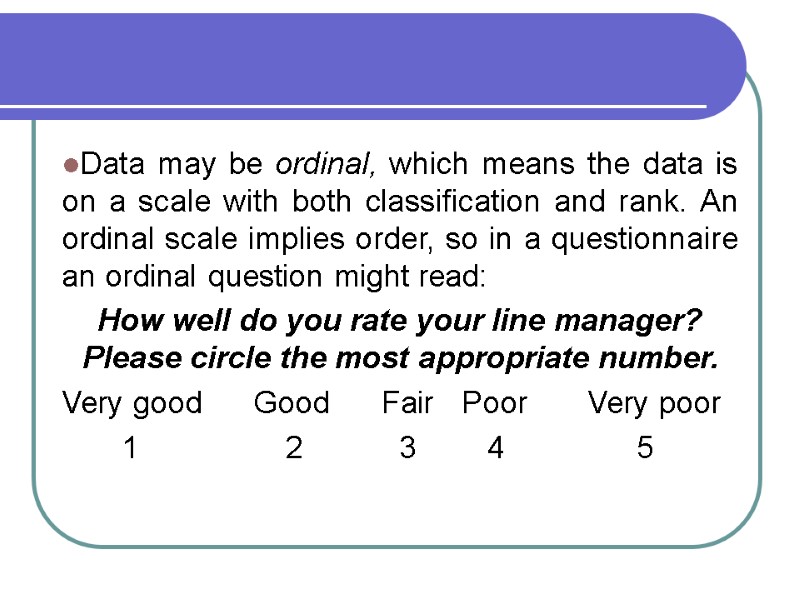
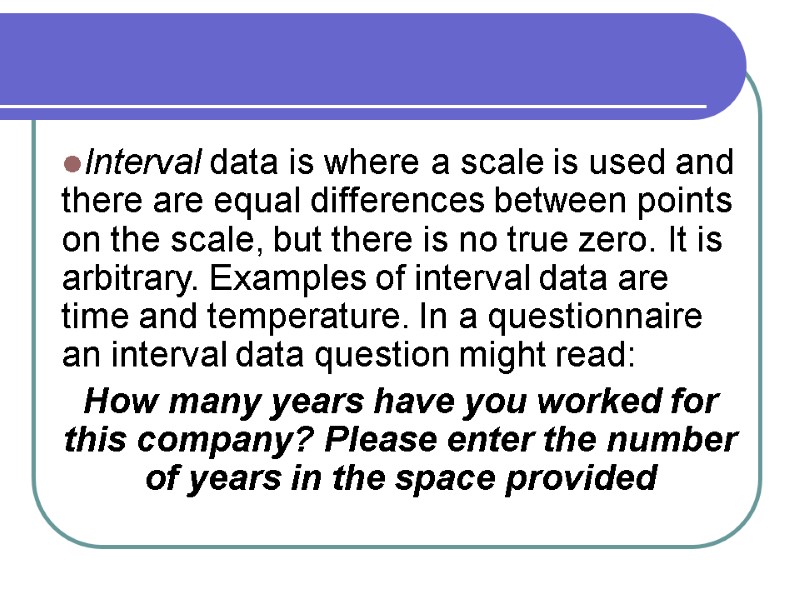
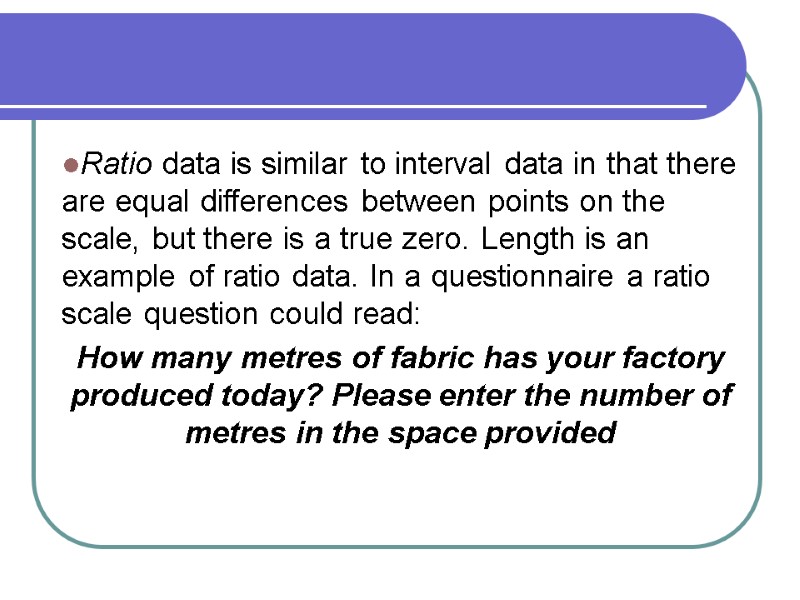
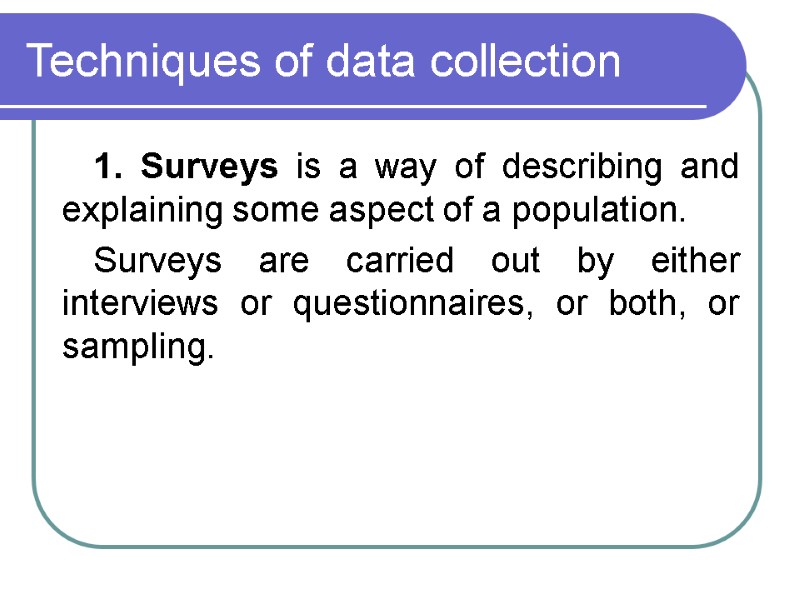

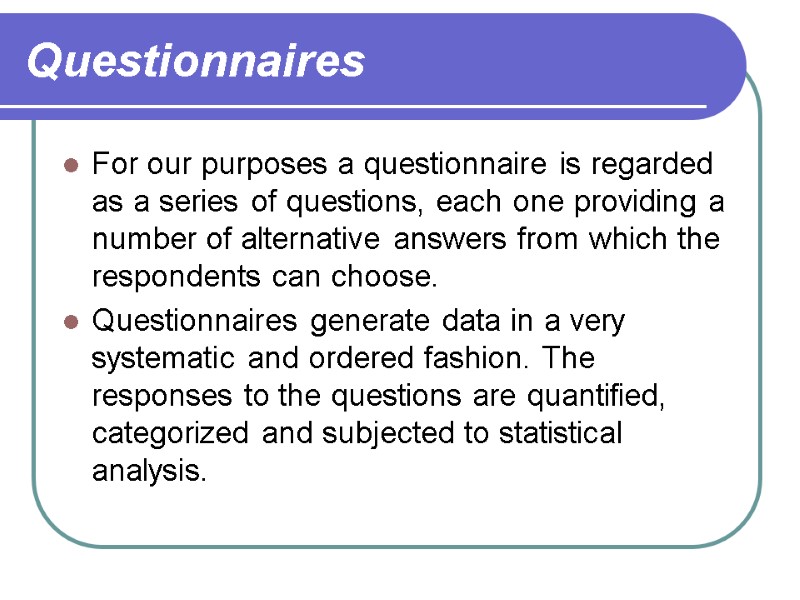

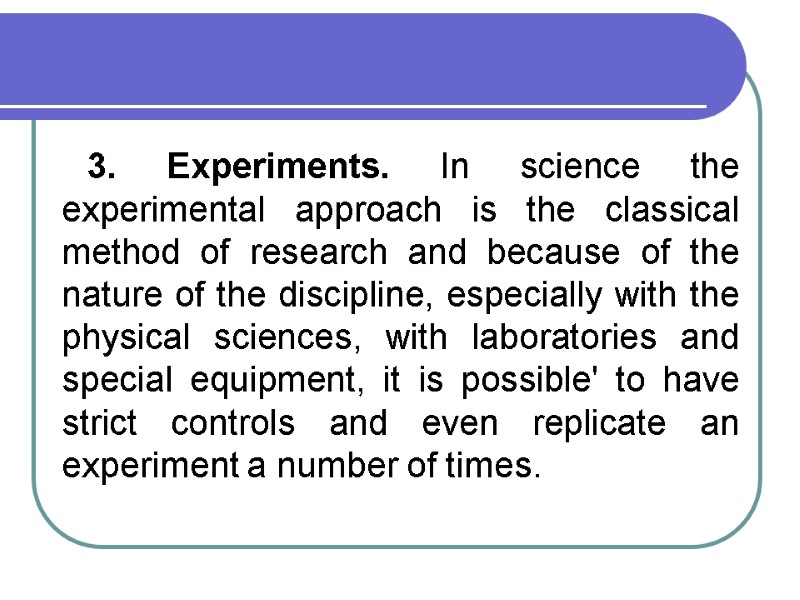
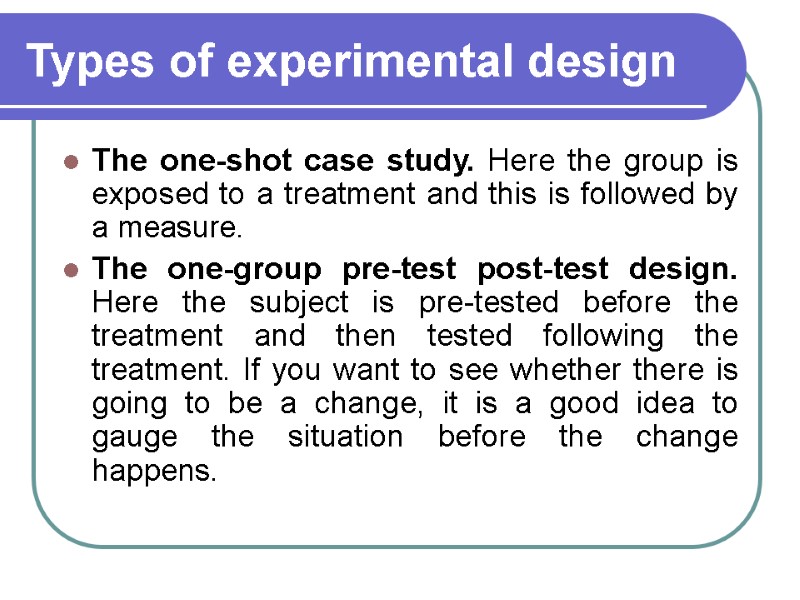
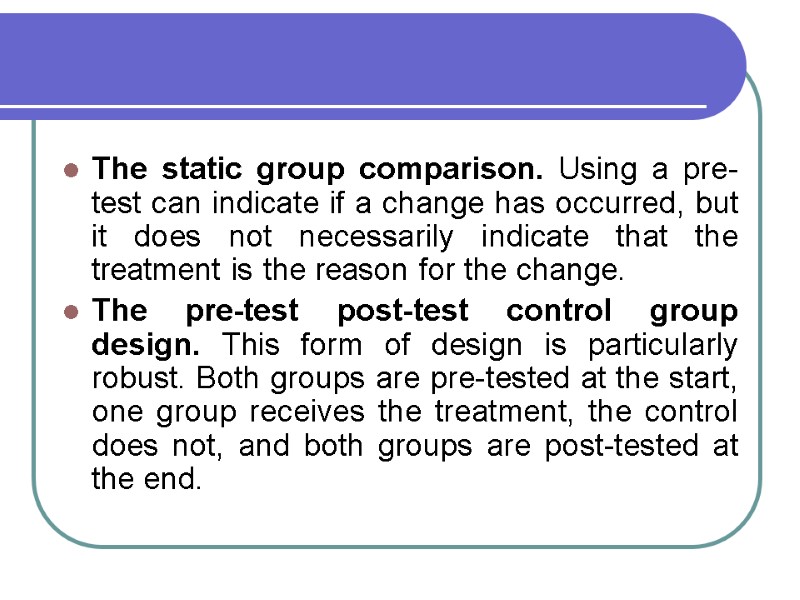
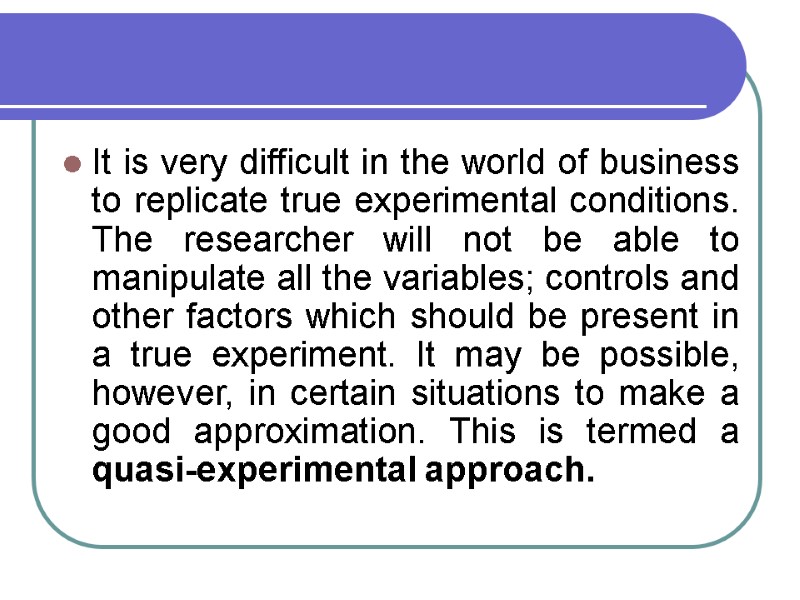
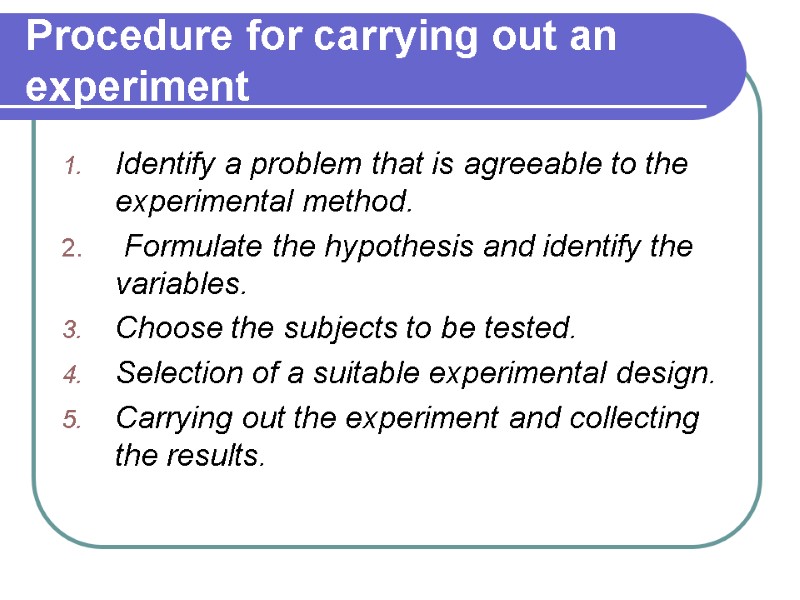
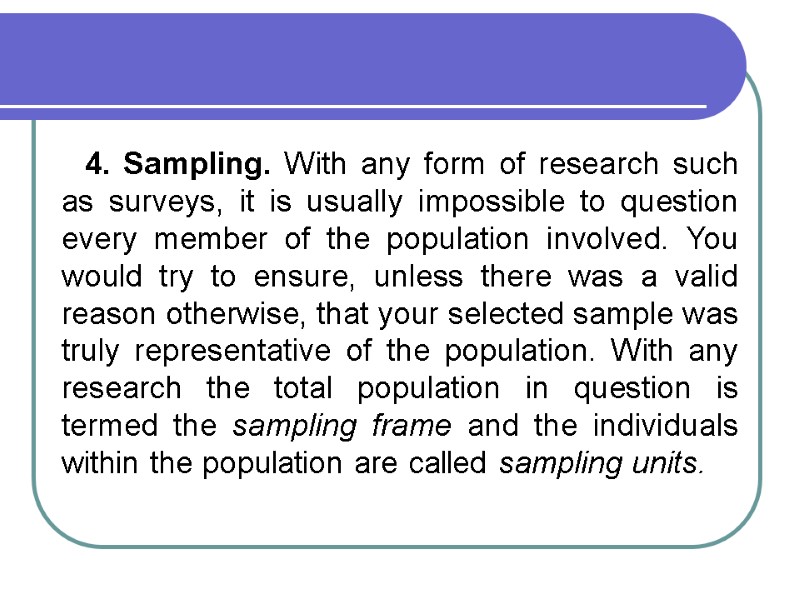
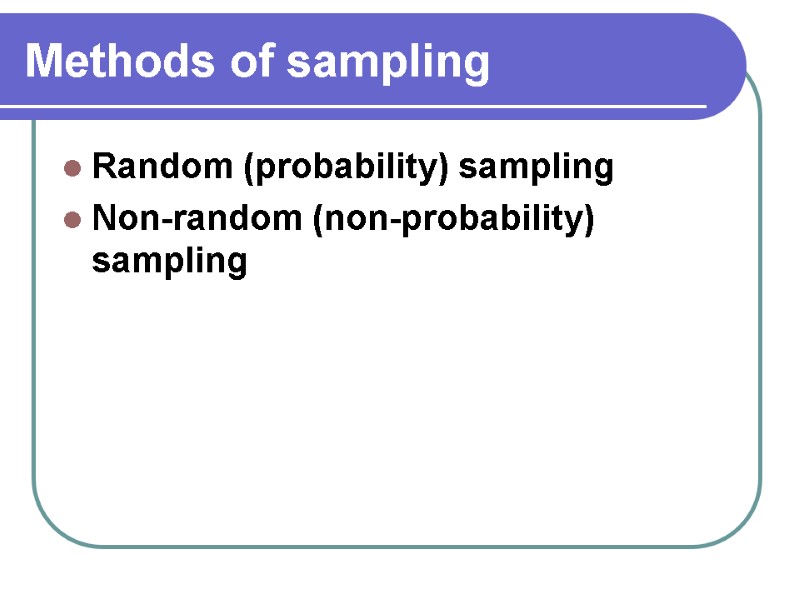
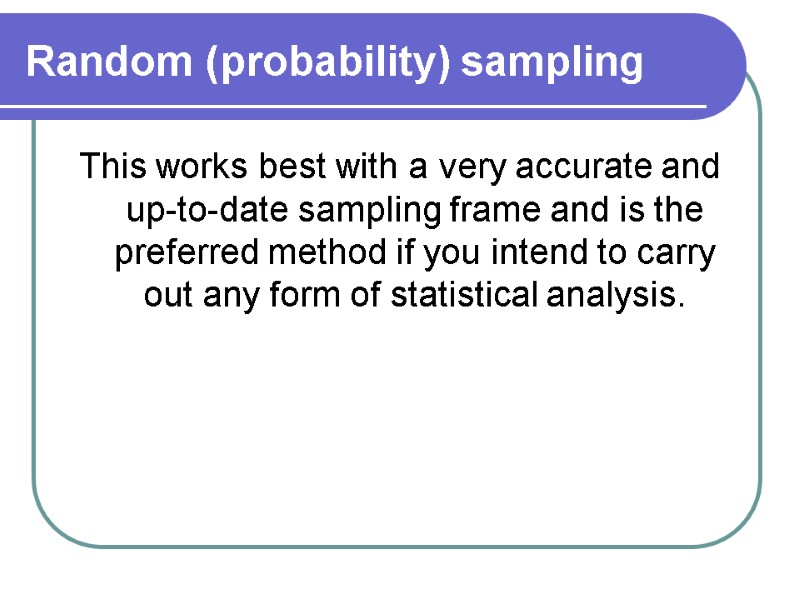
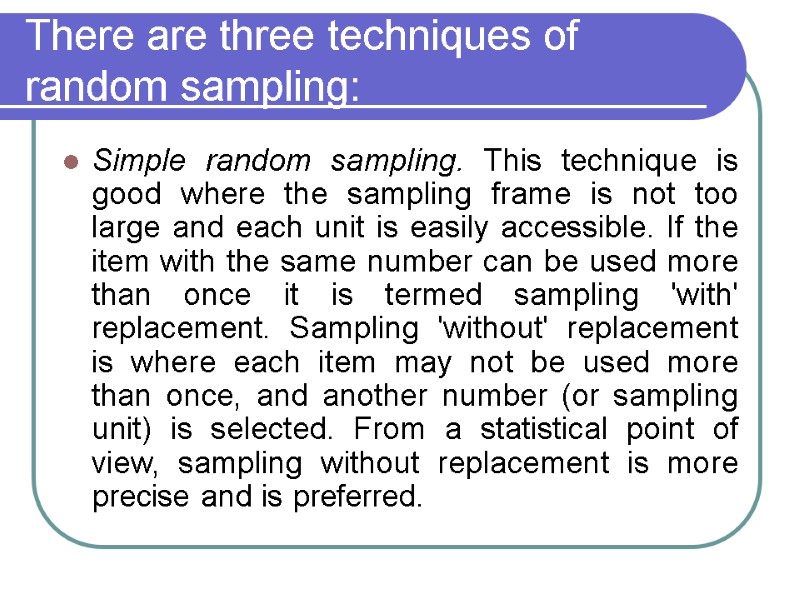
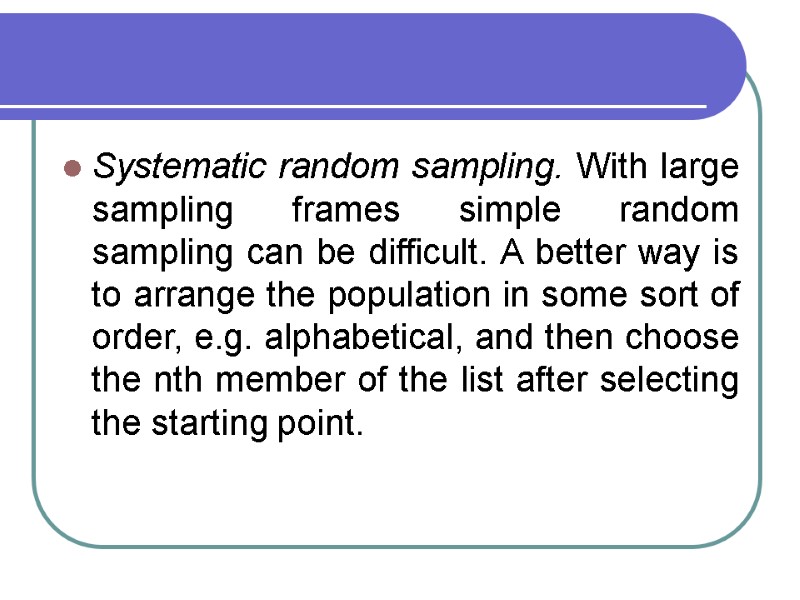
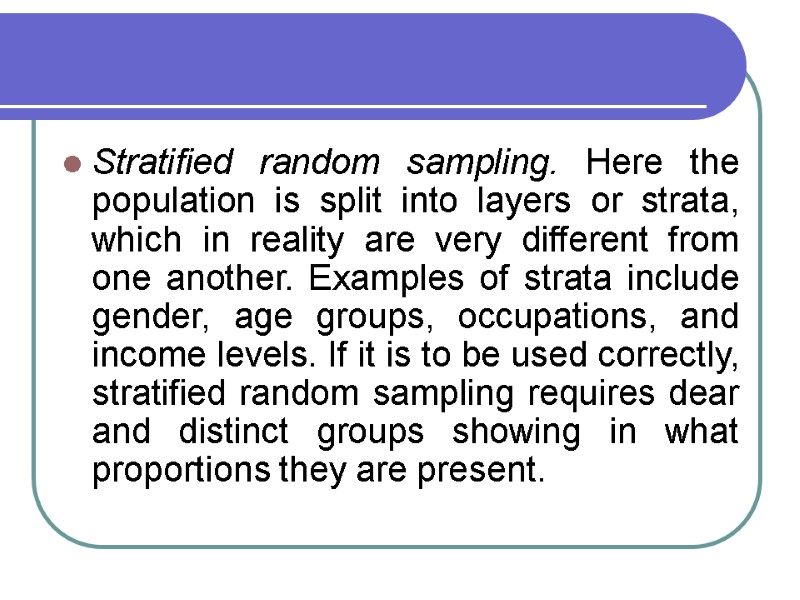
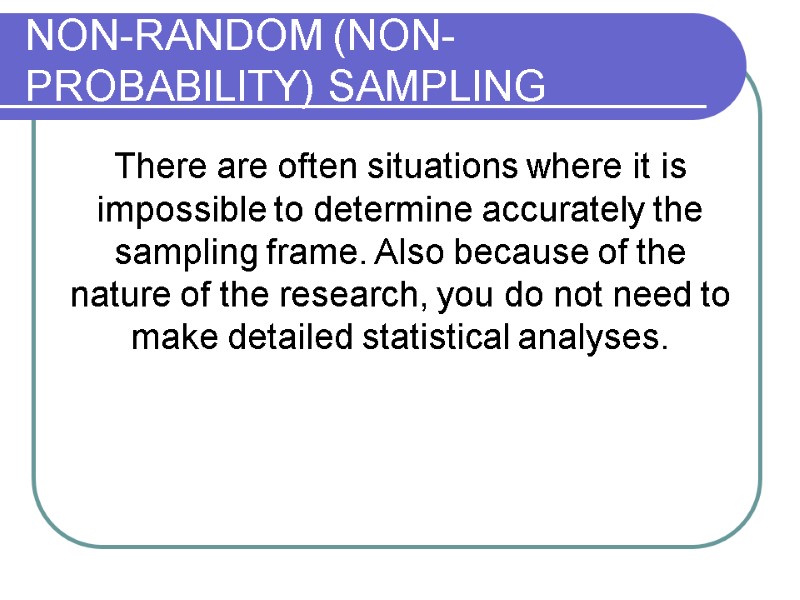
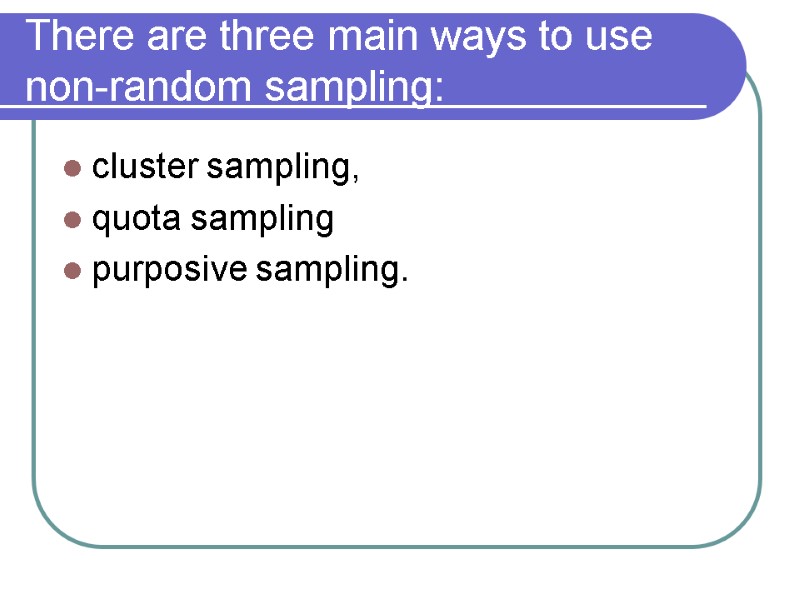
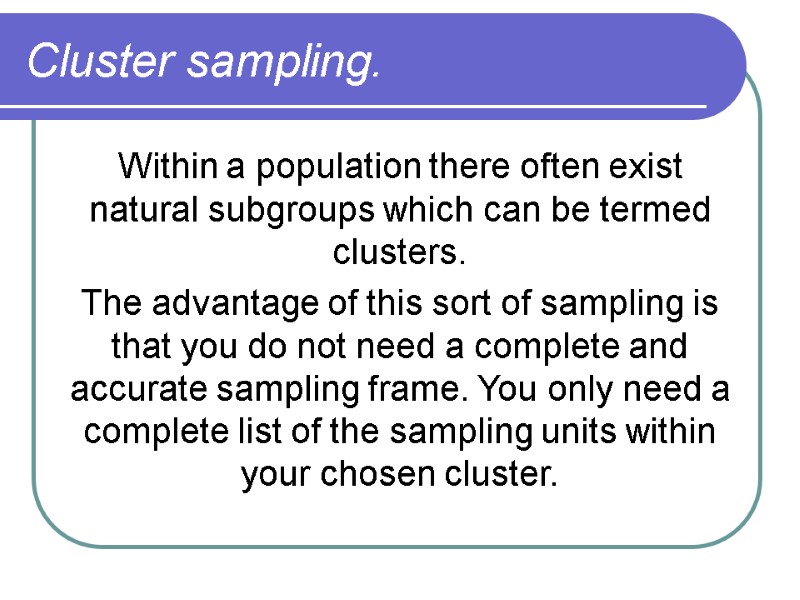
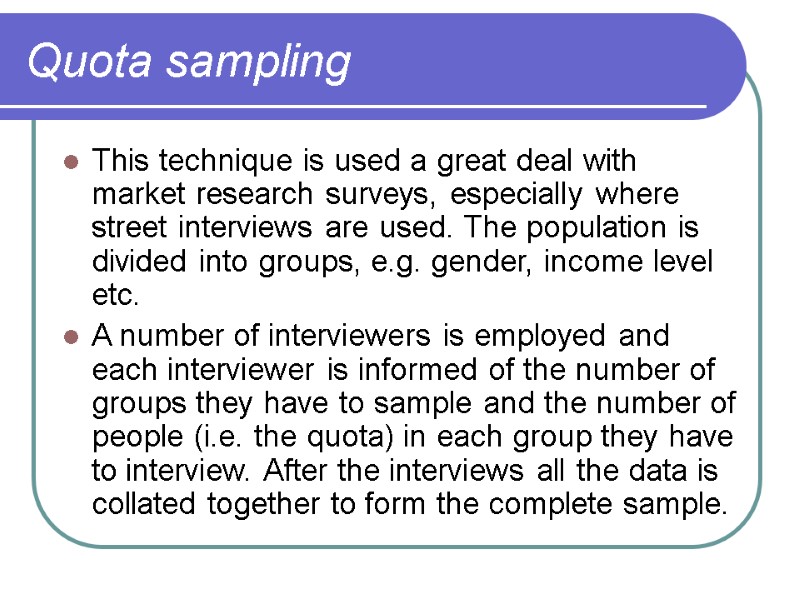
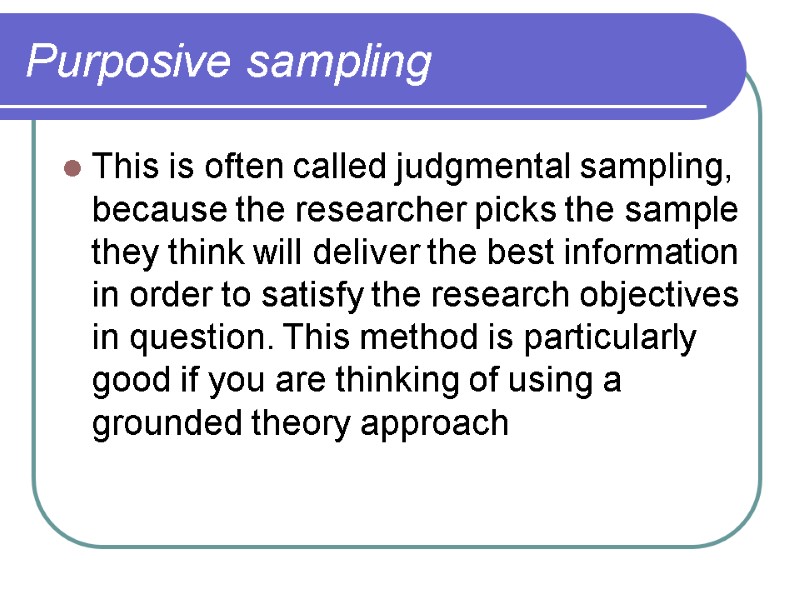
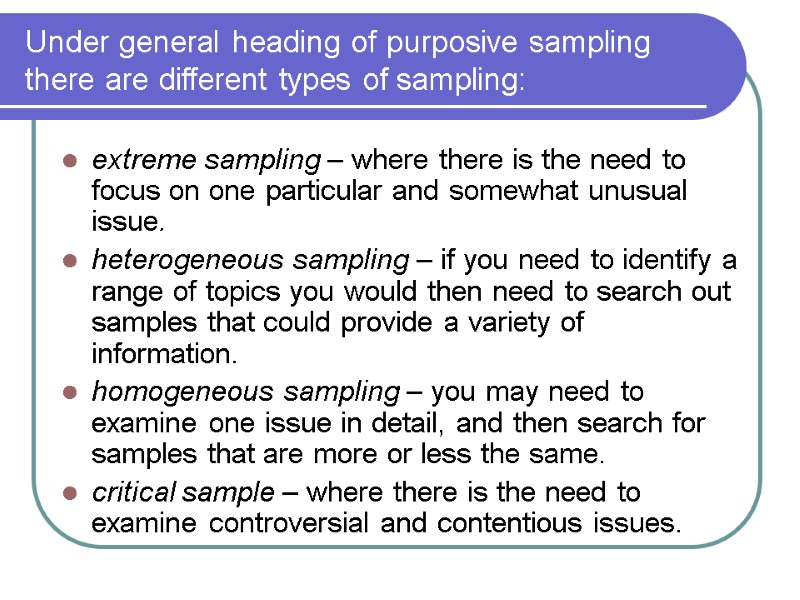
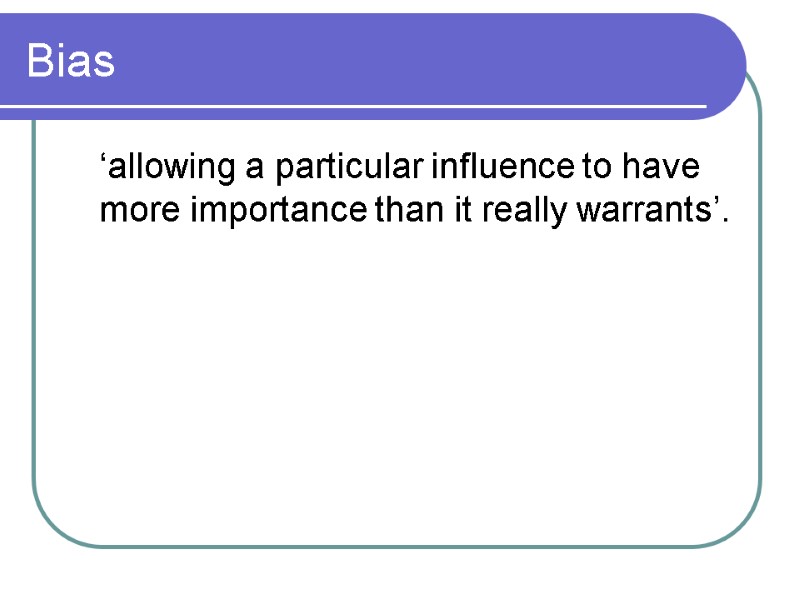
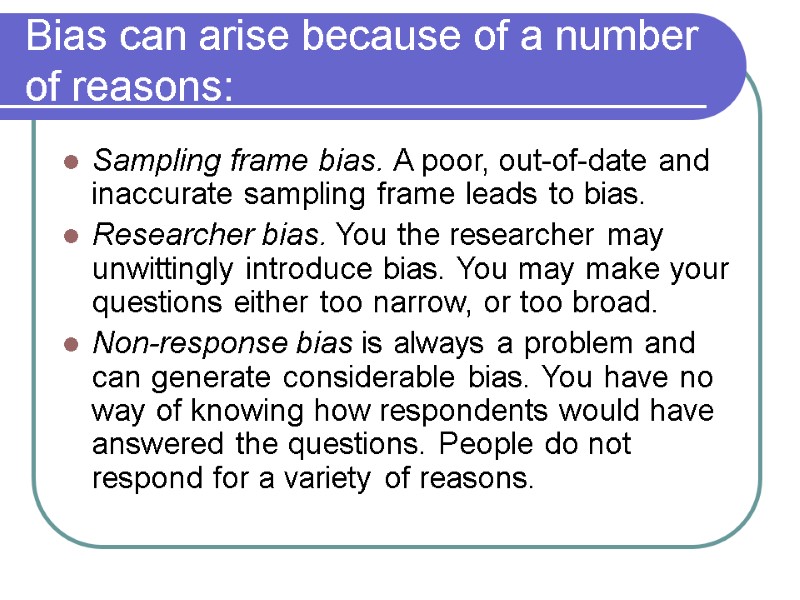
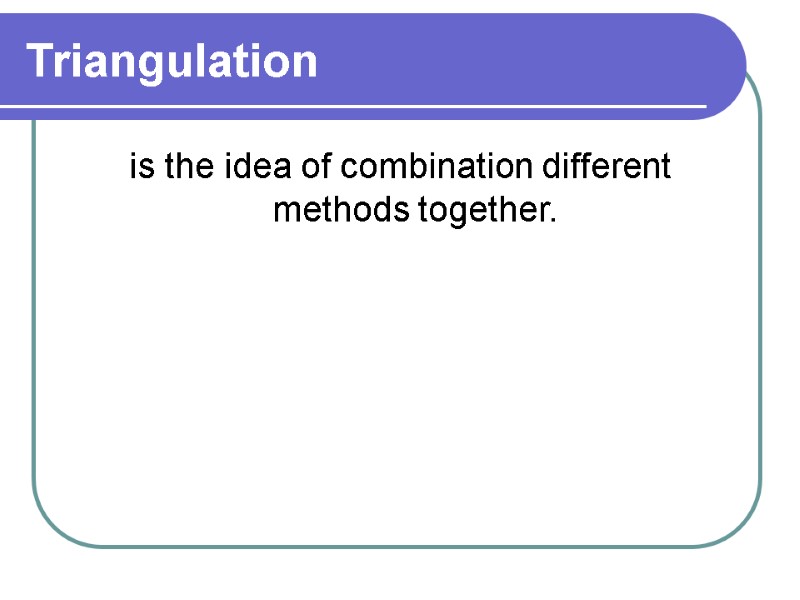
14124-topic_3.ppt
- Количество слайдов: 37
 Scientific research Lector teacher – Myronova O.M.
Scientific research Lector teacher – Myronova O.M.
 TOPIC #3 . Techniques of quantitative research
TOPIC #3 . Techniques of quantitative research
 Questions: Quantitative researches. Techniques of data collection.
Questions: Quantitative researches. Techniques of data collection.
 Quantitative research describes, explains and tests relationships. In particular, it examines cause-and-effect relationships. The diagnostic feature is that the techniques used always generate numerical data. The data collected is then analyzed. The analysis can be simple in mathematical terms involving the production of tables, charts and diagrams
Quantitative research describes, explains and tests relationships. In particular, it examines cause-and-effect relationships. The diagnostic feature is that the techniques used always generate numerical data. The data collected is then analyzed. The analysis can be simple in mathematical terms involving the production of tables, charts and diagrams
 Quantitative research describes, explains and tests relationships. In particular, it examines cause-and-effect relationships. The diagnostic feature is that the techniques used always generate numerical data. The data collected is then analyzed.
Quantitative research describes, explains and tests relationships. In particular, it examines cause-and-effect relationships. The diagnostic feature is that the techniques used always generate numerical data. The data collected is then analyzed.
 The analysis can be simple in mathematical terms involving the production of tables, charts and diagrams (e.g. pie chart, bar chart, etc.) - descriptive statistics. The analysis can be more complicated and involve complex mathematical procedures and statistical tests of significance - inferential statistics.
The analysis can be simple in mathematical terms involving the production of tables, charts and diagrams (e.g. pie chart, bar chart, etc.) - descriptive statistics. The analysis can be more complicated and involve complex mathematical procedures and statistical tests of significance - inferential statistics.
 Quantitative research sets up a hypothesis or theory. This is a proposition which is tested and, depending on the results of the test, the hypothesis or theory is either accepted or rejected. This type of research is deductive in that from the general situation, inferences can be made about a specific example. Quantitative research is, therefore, often termed hypothetico-deductive.
Quantitative research sets up a hypothesis or theory. This is a proposition which is tested and, depending on the results of the test, the hypothesis or theory is either accepted or rejected. This type of research is deductive in that from the general situation, inferences can be made about a specific example. Quantitative research is, therefore, often termed hypothetico-deductive.
 The emphasis is on measurement and testing, and numbers are always involved. Numbers alone (e.g. 5,15,34, etc.) mean very little. They must have units of amount (e.g. metres), position (e,g. 3rd, 4th, etc.), or time (e.g. hours, seconds). It is essential at the planning stage to decide the form the results will take and how you intend to analyze them.
The emphasis is on measurement and testing, and numbers are always involved. Numbers alone (e.g. 5,15,34, etc.) mean very little. They must have units of amount (e.g. metres), position (e,g. 3rd, 4th, etc.), or time (e.g. hours, seconds). It is essential at the planning stage to decide the form the results will take and how you intend to analyze them.
 Quantitative data is either discrete (e.g. the number of cars a factory produces in one day is a definite number, i.e. 1, 2 or 3, etc.; it cannot be 3.5), or continuous (the amount of flour milled in a factory can be of any weight).
Quantitative data is either discrete (e.g. the number of cars a factory produces in one day is a definite number, i.e. 1, 2 or 3, etc.; it cannot be 3.5), or continuous (the amount of flour milled in a factory can be of any weight).
 The scales of data are as follows: Data may be nominal or categorical, In a questionnaire nominal or categorical data could be collected by the following type of question: Are you male or female? Please ring the appropriate word.
The scales of data are as follows: Data may be nominal or categorical, In a questionnaire nominal or categorical data could be collected by the following type of question: Are you male or female? Please ring the appropriate word.
 Data may be ordinal, which means the data is on a scale with both classification and rank. An ordinal scale implies order, so in a questionnaire an ordinal question might read: How well do you rate your line manager? Please circle the most appropriate number. Very good Good Fair Poor Very poor 1 2 3 4 5
Data may be ordinal, which means the data is on a scale with both classification and rank. An ordinal scale implies order, so in a questionnaire an ordinal question might read: How well do you rate your line manager? Please circle the most appropriate number. Very good Good Fair Poor Very poor 1 2 3 4 5
 Interval data is where a scale is used and there are equal differences between points on the scale, but there is no true zero. It is arbitrary. Examples of interval data are time and temperature. In a questionnaire an interval data question might read: How many years have you worked for this company? Please enter the number of years in the space provided
Interval data is where a scale is used and there are equal differences between points on the scale, but there is no true zero. It is arbitrary. Examples of interval data are time and temperature. In a questionnaire an interval data question might read: How many years have you worked for this company? Please enter the number of years in the space provided
 Ratio data is similar to interval data in that there are equal differences between points on the scale, but there is a true zero. Length is an example of ratio data. In a questionnaire a ratio scale question could read: How many metres of fabric has your factory produced today? Please enter the number of metres in the space provided
Ratio data is similar to interval data in that there are equal differences between points on the scale, but there is a true zero. Length is an example of ratio data. In a questionnaire a ratio scale question could read: How many metres of fabric has your factory produced today? Please enter the number of metres in the space provided
 Techniques of data collection 1. Surveys is a way of describing and explaining some aspect of a population. Surveys are carried out by either interviews or questionnaires, or both, or sampling.
Techniques of data collection 1. Surveys is a way of describing and explaining some aspect of a population. Surveys are carried out by either interviews or questionnaires, or both, or sampling.
 2. Interviews. Although interviews are mainly used when taking a qualitative approach it is possible to code numerically the findings from interviews, so they can be used in quantitative research.
2. Interviews. Although interviews are mainly used when taking a qualitative approach it is possible to code numerically the findings from interviews, so they can be used in quantitative research.
 Questionnaires For our purposes a questionnaire is regarded as a series of questions, each one providing a number of alternative answers from which the respondents can choose. Questionnaires generate data in a very systematic and ordered fashion. The responses to the questions are quantified, categorized and subjected to statistical analysis.
Questionnaires For our purposes a questionnaire is regarded as a series of questions, each one providing a number of alternative answers from which the respondents can choose. Questionnaires generate data in a very systematic and ordered fashion. The responses to the questions are quantified, categorized and subjected to statistical analysis.
 Types of questionnaire Postal questionnaires. Questionnaires sent by mail and either returned by mail or collected individually. Questionnaires are now being sent using e-mail. Self-administered questionnaires. One type is where the questionnaire is filled in by the researcher asking a respondent a series of questions. This is in a sense a very structured interview and the advice given for this type of interview still applies. Questionnaires like this can sometimes be completed using the telephone.
Types of questionnaire Postal questionnaires. Questionnaires sent by mail and either returned by mail or collected individually. Questionnaires are now being sent using e-mail. Self-administered questionnaires. One type is where the questionnaire is filled in by the researcher asking a respondent a series of questions. This is in a sense a very structured interview and the advice given for this type of interview still applies. Questionnaires like this can sometimes be completed using the telephone.
 3. Experiments. In science the experimental approach is the classical method of research and because of the nature of the discipline, especially with the physical sciences, with laboratories and special equipment, it is possible' to have strict controls and even replicate an experiment a number of times.
3. Experiments. In science the experimental approach is the classical method of research and because of the nature of the discipline, especially with the physical sciences, with laboratories and special equipment, it is possible' to have strict controls and even replicate an experiment a number of times.
 Types of experimental design The one-shot case study. Here the group is exposed to a treatment and this is followed by a measure. The one-group pre-test post-test design. Here the subject is pre-tested before the treatment and then tested following the treatment. If you want to see whether there is going to be a change, it is a good idea to gauge the situation before the change happens.
Types of experimental design The one-shot case study. Here the group is exposed to a treatment and this is followed by a measure. The one-group pre-test post-test design. Here the subject is pre-tested before the treatment and then tested following the treatment. If you want to see whether there is going to be a change, it is a good idea to gauge the situation before the change happens.
 The static group comparison. Using a pre-test can indicate if a change has occurred, but it does not necessarily indicate that the treatment is the reason for the change. The pre-test post-test control group design. This form of design is particularly robust. Both groups are pre-tested at the start, one group receives the treatment, the control does not, and both groups are post-tested at the end.
The static group comparison. Using a pre-test can indicate if a change has occurred, but it does not necessarily indicate that the treatment is the reason for the change. The pre-test post-test control group design. This form of design is particularly robust. Both groups are pre-tested at the start, one group receives the treatment, the control does not, and both groups are post-tested at the end.
 It is very difficult in the world of business to replicate true experimental conditions. The researcher will not be able to manipulate all the variables; controls and other factors which should be present in a true experiment. It may be possible, however, in certain situations to make a good approximation. This is termed a quasi-experimental approach.
It is very difficult in the world of business to replicate true experimental conditions. The researcher will not be able to manipulate all the variables; controls and other factors which should be present in a true experiment. It may be possible, however, in certain situations to make a good approximation. This is termed a quasi-experimental approach.
 Procedure for carrying out an experiment Identify a problem that is agreeable to the experimental method. Formulate the hypothesis and identify the variables. Choose the subjects to be tested. Selection of a suitable experimental design. Carrying out the experiment and collecting the results.
Procedure for carrying out an experiment Identify a problem that is agreeable to the experimental method. Formulate the hypothesis and identify the variables. Choose the subjects to be tested. Selection of a suitable experimental design. Carrying out the experiment and collecting the results.
 4. Sampling. With any form of research such as surveys, it is usually impossible to question every member of the population involved. You would try to ensure, unless there was a valid reason otherwise, that your selected sample was truly representative of the population. With any research the total population in question is termed the sampling frame and the individuals within the population are called sampling units.
4. Sampling. With any form of research such as surveys, it is usually impossible to question every member of the population involved. You would try to ensure, unless there was a valid reason otherwise, that your selected sample was truly representative of the population. With any research the total population in question is termed the sampling frame and the individuals within the population are called sampling units.
 Methods of sampling Random (probability) sampling Non-random (non-probability) sampling
Methods of sampling Random (probability) sampling Non-random (non-probability) sampling
 Random (probability) sampling This works best with a very accurate and up-to-date sampling frame and is the preferred method if you intend to carry out any form of statistical analysis.
Random (probability) sampling This works best with a very accurate and up-to-date sampling frame and is the preferred method if you intend to carry out any form of statistical analysis.
 There are three techniques of random sampling: Simple random sampling. This technique is good where the sampling frame is not too large and each unit is easily accessible. If the item with the same number can be used more than once it is termed sampling 'with' replacement. Sampling 'without' replacement is where each item may not be used more than once, and another number (or sampling unit) is selected. From a statistical point of view, sampling without replacement is more precise and is preferred.
There are three techniques of random sampling: Simple random sampling. This technique is good where the sampling frame is not too large and each unit is easily accessible. If the item with the same number can be used more than once it is termed sampling 'with' replacement. Sampling 'without' replacement is where each item may not be used more than once, and another number (or sampling unit) is selected. From a statistical point of view, sampling without replacement is more precise and is preferred.
 Systematic random sampling. With large sampling frames simple random sampling can be difficult. A better way is to arrange the population in some sort of order, e.g. alphabetical, and then choose the nth member of the list after selecting the starting point.
Systematic random sampling. With large sampling frames simple random sampling can be difficult. A better way is to arrange the population in some sort of order, e.g. alphabetical, and then choose the nth member of the list after selecting the starting point.
 Stratified random sampling. Here the population is split into layers or strata, which in reality are very different from one another. Examples of strata include gender, age groups, occupations, and income levels. If it is to be used correctly, stratified random sampling requires dear and distinct groups showing in what proportions they are present.
Stratified random sampling. Here the population is split into layers or strata, which in reality are very different from one another. Examples of strata include gender, age groups, occupations, and income levels. If it is to be used correctly, stratified random sampling requires dear and distinct groups showing in what proportions they are present.
 NON-RANDOM (NON-PROBABILITY) SAMPLING There are often situations where it is impossible to determine accurately the sampling frame. Also because of the nature of the research, you do not need to make detailed statistical analyses.
NON-RANDOM (NON-PROBABILITY) SAMPLING There are often situations where it is impossible to determine accurately the sampling frame. Also because of the nature of the research, you do not need to make detailed statistical analyses.
 There are three main ways to use non-random sampling: cluster sampling, quota sampling purposive sampling.
There are three main ways to use non-random sampling: cluster sampling, quota sampling purposive sampling.
 Cluster sampling. Within a population there often exist natural subgroups which can be termed clusters. The advantage of this sort of sampling is that you do not need a complete and accurate sampling frame. You only need a complete list of the sampling units within your chosen cluster.
Cluster sampling. Within a population there often exist natural subgroups which can be termed clusters. The advantage of this sort of sampling is that you do not need a complete and accurate sampling frame. You only need a complete list of the sampling units within your chosen cluster.
 Quota sampling This technique is used a great deal with market research surveys, especially where street interviews are used. The population is divided into groups, e.g. gender, income level etc. A number of interviewers is employed and each interviewer is informed of the number of groups they have to sample and the number of people (i.e. the quota) in each group they have to interview. After the interviews all the data is collated together to form the complete sample.
Quota sampling This technique is used a great deal with market research surveys, especially where street interviews are used. The population is divided into groups, e.g. gender, income level etc. A number of interviewers is employed and each interviewer is informed of the number of groups they have to sample and the number of people (i.e. the quota) in each group they have to interview. After the interviews all the data is collated together to form the complete sample.
 Purposive sampling This is often called judgmental sampling, because the researcher picks the sample they think will deliver the best information in order to satisfy the research objectives in question. This method is particularly good if you are thinking of using a grounded theory approach
Purposive sampling This is often called judgmental sampling, because the researcher picks the sample they think will deliver the best information in order to satisfy the research objectives in question. This method is particularly good if you are thinking of using a grounded theory approach
 Under general heading of purposive sampling there are different types of sampling: extreme sampling – where there is the need to focus on one particular and somewhat unusual issue. heterogeneous sampling – if you need to identify a range of topics you would then need to search out samples that could provide a variety of information. homogeneous sampling – you may need to examine one issue in detail, and then search for samples that are more or less the same. critical sample – where there is the need to examine controversial and contentious issues.
Under general heading of purposive sampling there are different types of sampling: extreme sampling – where there is the need to focus on one particular and somewhat unusual issue. heterogeneous sampling – if you need to identify a range of topics you would then need to search out samples that could provide a variety of information. homogeneous sampling – you may need to examine one issue in detail, and then search for samples that are more or less the same. critical sample – where there is the need to examine controversial and contentious issues.
 Bias ‘allowing a particular influence to have more importance than it really warrants’.
Bias ‘allowing a particular influence to have more importance than it really warrants’.
 Bias can arise because of a number of reasons: Sampling frame bias. A poor, out-of-date and inaccurate sampling frame leads to bias. Researcher bias. You the researcher may unwittingly introduce bias. You may make your questions either too narrow, or too broad. Non-response bias is always a problem and can generate considerable bias. You have no way of knowing how respondents would have answered the questions. People do not respond for a variety of reasons.
Bias can arise because of a number of reasons: Sampling frame bias. A poor, out-of-date and inaccurate sampling frame leads to bias. Researcher bias. You the researcher may unwittingly introduce bias. You may make your questions either too narrow, or too broad. Non-response bias is always a problem and can generate considerable bias. You have no way of knowing how respondents would have answered the questions. People do not respond for a variety of reasons.
 Triangulation is the idea of combination different methods together.
Triangulation is the idea of combination different methods together.
